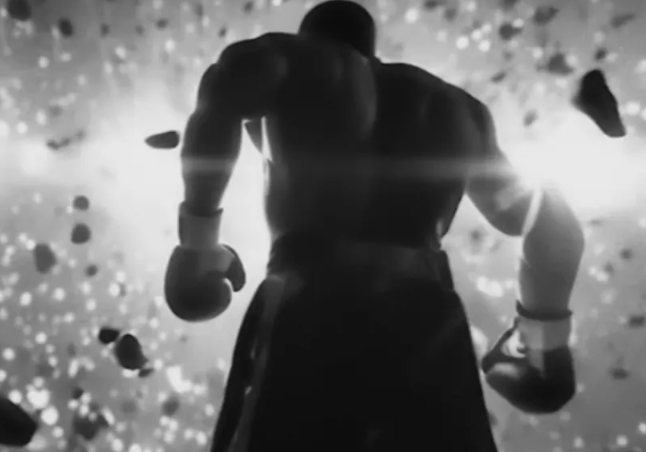An alleged remix of past uncredited works.
Under Armour’s recent unveiling of what they tout as their “first AI-powered commercial” has sparked controversy and criticism within the creative community on Instagram. The advertisement allegedly draws ire for being a recycled amalgamation of past works without proper accreditation.
Featuring boxer Anthony Joshua, the commercial was directed by Wes Walker, who disclosed on Instagram that Under Armour tasked them with creating the video using only pre-existing elements and a 3D model of Joshua, with no direct access to the athlete. This approach reportedly falls in line with Under Armour’s strategy to leverage AI to expedite production processes, a trend they’ve been actively pursuing by collaborating with production companies to curate a dataset reflecting the brand’s “visual DNA.”

According to Walker’s revelatory post, the advertisement in question stands as a stunning testament to the transformative potential of artificial intelligence, seamlessly weaving its capabilities across a tapestry of mediums that span the entire creative spectrum. From the captivating cadence of the voiceover to the mesmerizing motion graphics, each element bears the indelible mark of AI’s ever-evolving prowess.
But the true triumph of this creative endeavour lies in its ability to transcend the boundaries of the digital realm, breathing life into the physical world through the timeless medium of 35mm film. With each frame, the advertisement pays homage to the rich legacy of traditional cinematography while simultaneously pushing the boundaries of what is possible with the aid of cutting-edge AI technology.
Yet, the advertisement’s mastery of the visual arts is not limited to the confines of the silver screen. It extends into the realms of digital video and 3D CGI, where AI’s capabilities are harnessed to sculpt worlds of breathtaking verisimilitude, blurring the lines between reality and artifice with each meticulously crafted sequence.
However, creatives on Instagram quickly noticed similarities between Under Armour’s advertisement and past works, including a film directed by Gustav Johansson and featuring footage shot by André Chementoff, as well as a video from Maik Schuster of Iconoclast Germany, both of which were allegedly remixed without proper credit.
Under Armour’s vice president of global brand creative, Brian Boring, defended the commercial’s approach, stating that it was necessitated by the unavailability of the athlete for filming. He described the advertisement as a “mixed media piece” combining live-action, CGI, and some AI elements, refuting claims that the company used athlete videos to train AI.
Despite Walker’s promotion of the human touch in commercial creation, he also lauded the use of AI, emphasizing that while AI integration may evolve, the core essence of creativity remains human. The advertisement, marketed by Under Armour as an AI marvel, has ignited debates over the ethical implications of AI in creative industries, with some arguing it accelerates the potential replacement of human labour by artificial intelligence. This sentiment has led industry creatives to voice concerns about firms exploiting their talents through AI-driven production tactics. What truly elevates this advertisement to the realm of the extraordinary, however, is the astonishing time frame within which it was brought to fruition. In a mere three weeks, a feat that would typically demand months, if not years, of painstaking effort, was realized through the synergistic fusion of human creativity and AI’s relentless computational prowess.
This advertisement stands as a beacon of what is possible when the unbridled potential of artificial intelligence is harnessed by visionary minds, a harbinger of a future where the boundaries between art and technology dissolve, giving rise to a new era of creative expression that transcends the limitations of the past.
Read more: https://www.techtimes.com/articles/302562/20240313/netflix-ceo-ai-tool-replacement-filmmakers.htm










Leave a Reply